The Museum of Everyday Life: On a Mission of Glorious Obscurity
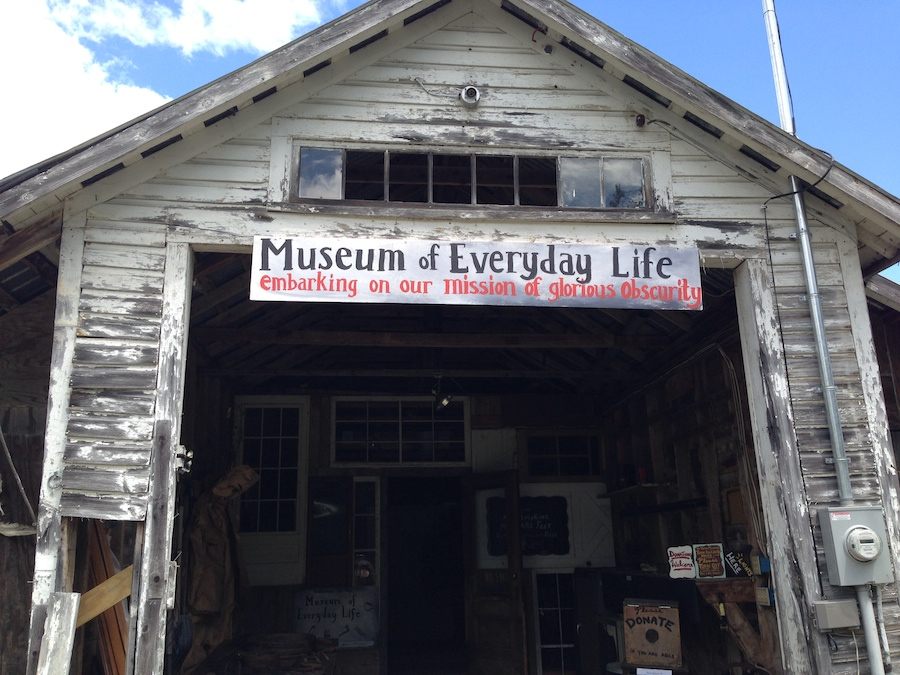 The Museum of Everyday Life (all photographs by the author)
The Museum of Everyday Life (all photographs by the author)
On entering the Museum of Everyday Life, you are immediately struck by two things. First, there is the sign telling you to turn the lights on when you arrive, and off when you leave: the museum is self-service. Second, the entryway displays the “New England Barns Found Objects Collection,” which consists of discarded horseshoes, farm tools, glasses, and other objects found in the dirt around the building, or in neighboring barns. Both signal that this museum will be unlike any other you’ve experienced before. And that is its intention.
As its name suggests, the Museum of Everyday Life is dedicated to exploring and enshrining the role that ordinary, mundane objects play in our daily lives. Situated in a barn in Vermont’s rural Northeast Kingdom with no street address, the museum can be discovered through word of mouth, by a chance visit to its website, or, more commonly (and delightfully), by stumbling upon the structure on a drive to other attractions in this bucolic part of the state.
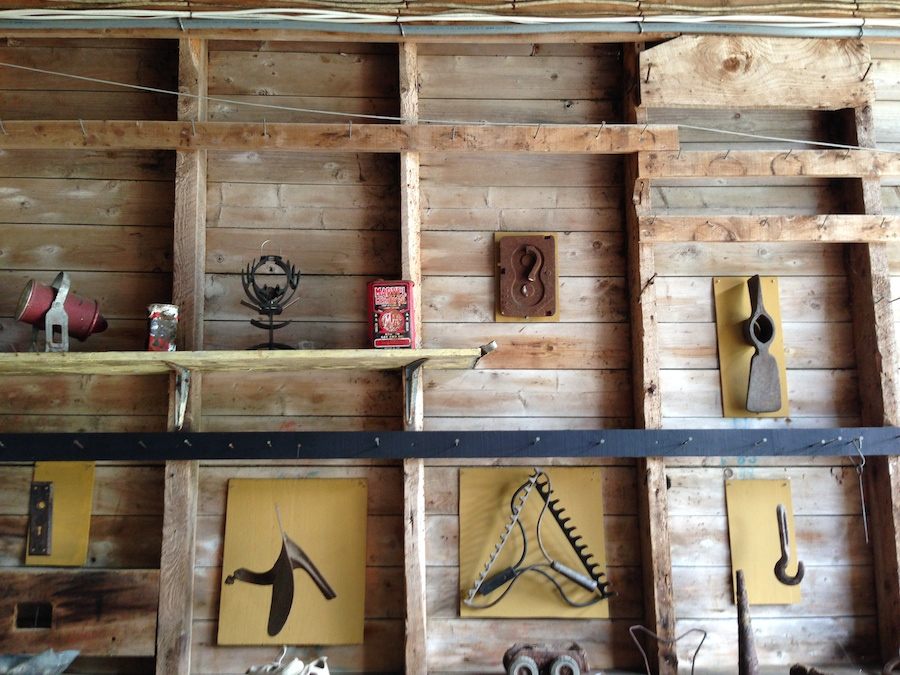
Founder and “Chief Operating Philosopher” Clare Dolan, whose greatest invention may be her own job title, was faced with a set of concerns when she contemplated starting the museum. “I was wanting to poke fun at the museum as establishment, and to mock the high seriousness and expense of these institutions,” she said. She began by writing a manifesto about what a museum should be. Among them:
- Down with sanctification of the “original”!
- Down with all things valuable and antique!
- Up with a new kind of museum, living and breathing and as common as dirt!
This spirit is enshrined in the museum’s exhibits, which are equal parts whimsical and sincere reflections on the subjects. For the exhibit on matches, an array of matchboxes from around the world (including a saucy “x-rated” series which is behind a curtain in a tiny vestibule, and a violin made entirely from matches) pays homage to the homely tool whose power is inherent in the chemical reaction that lies in waiting.
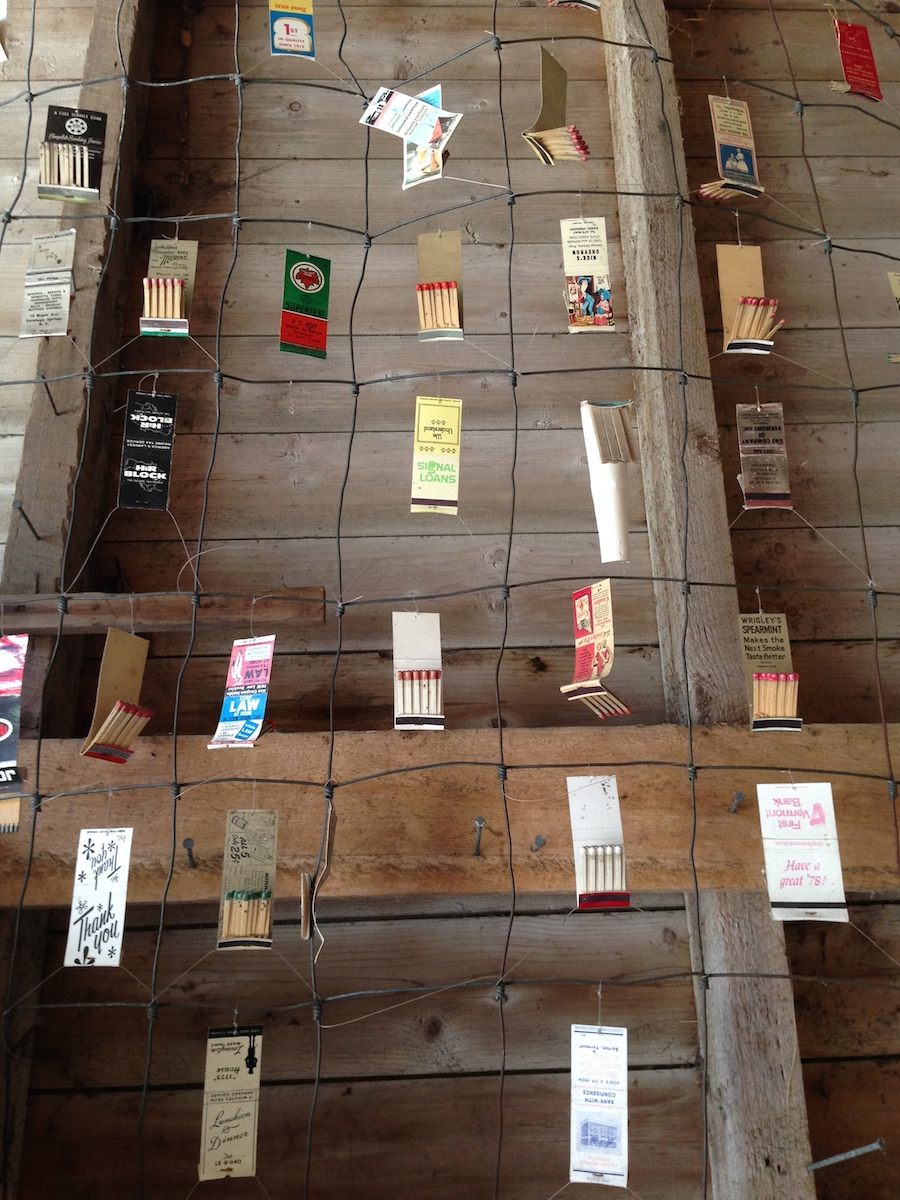
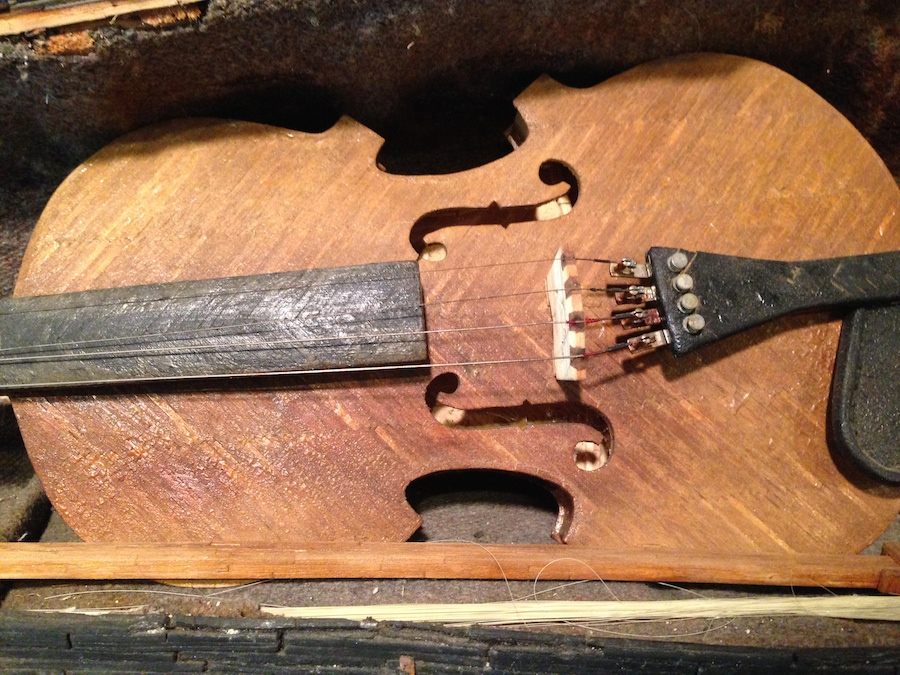 A violin made of matches
A violin made of matches
Another exhibit, on toothbrushes, strips away their ordinariness through an exploration of their origins (the Chinese were using toothbrushes in the ninth century), aesthetics (from the racist “Darkie” toothbrushes to a doll/toothbrush hybrid with bristles at the end of a shapely high heeled leg), and uses. As Dolan notes, toothbrushes are intimate daily tools we put inside our mouths to groom a part of our skeletons, and this makes them both banal and exceptional.
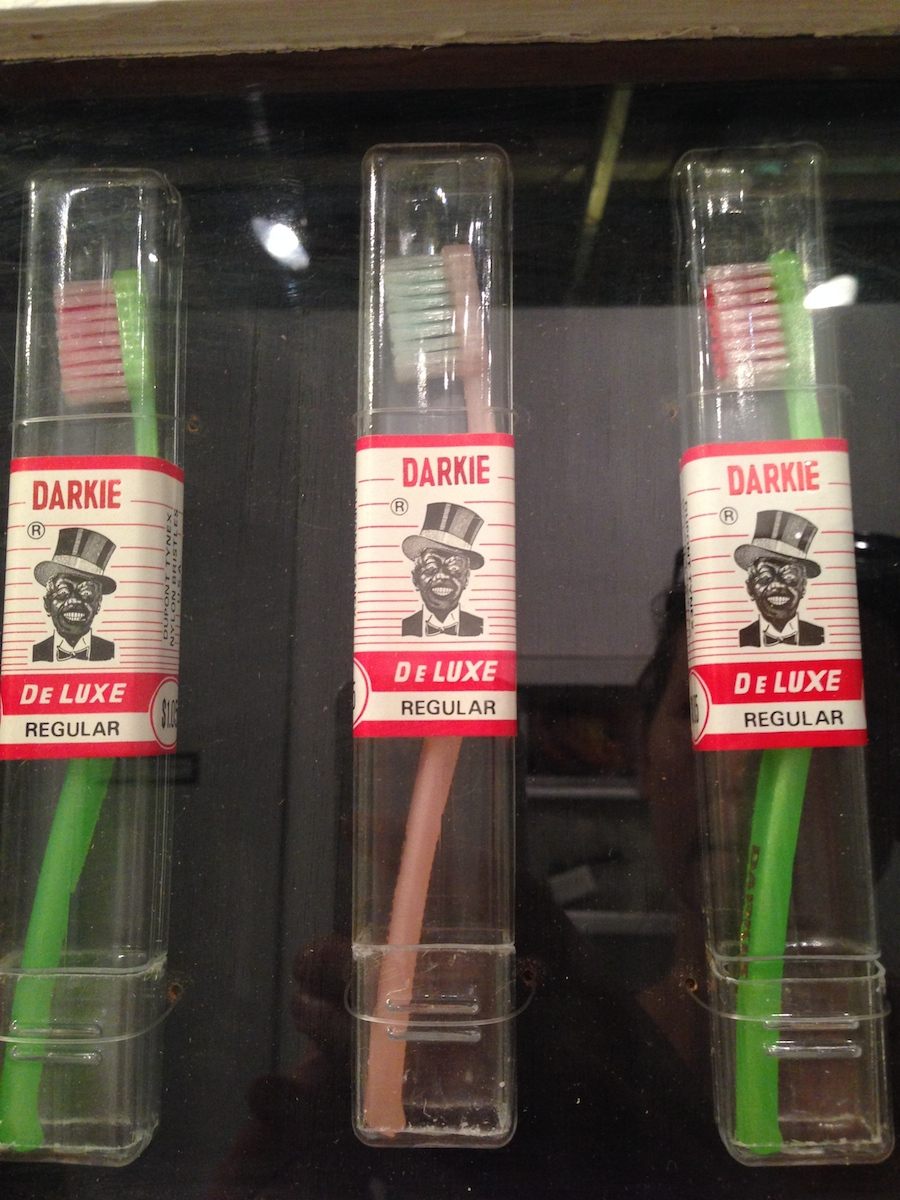
The Museum of Everyday Life has the feel of a large-scale curiosity cabinet, albeit with ordinary objects. And therein lies its fascination. The project has become increasingly about exploring the transformational potential of homemade museums, where the exhibits are the “collections” we surround ourselves with everyday.
Dolan explained: “I now am becoming more sincerely interested the idea of the homemade museum as a real and actual potential kind of tool that can possibly transform our relationship to our lives — help us to be both more self-reflective and present in our day-to-day moments, and also maybe to actually transform the way we think about being ‘ordinary’ people and the mundane parts of being human.”
It’s a nice counterpoint, not only to the extensively mediated and exclusive world of most museums, but also to the current zeitgeist in which we are all supposed to strive to be exceptional innovators, endlessly escaping from the quotidian into the customized fantasy-scapes of our screens. The Museum of Everyday Life takes us back to a world of objects that exist not to proclaim our own shifting identities, but to unite us in our common humanity, the needs of our bodies, and the overlooked tools that perform important jobs for us every single day.
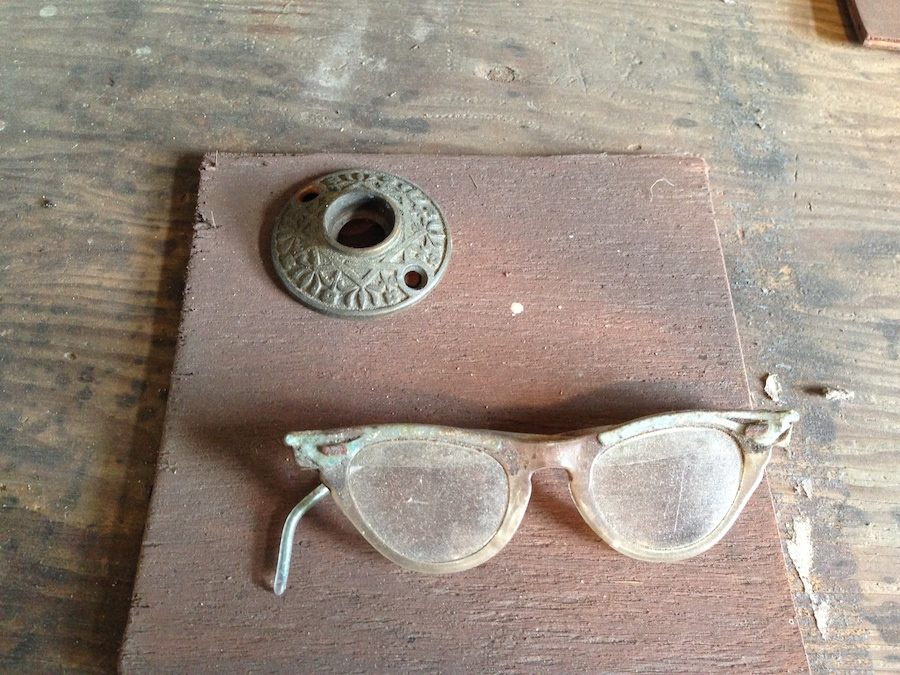

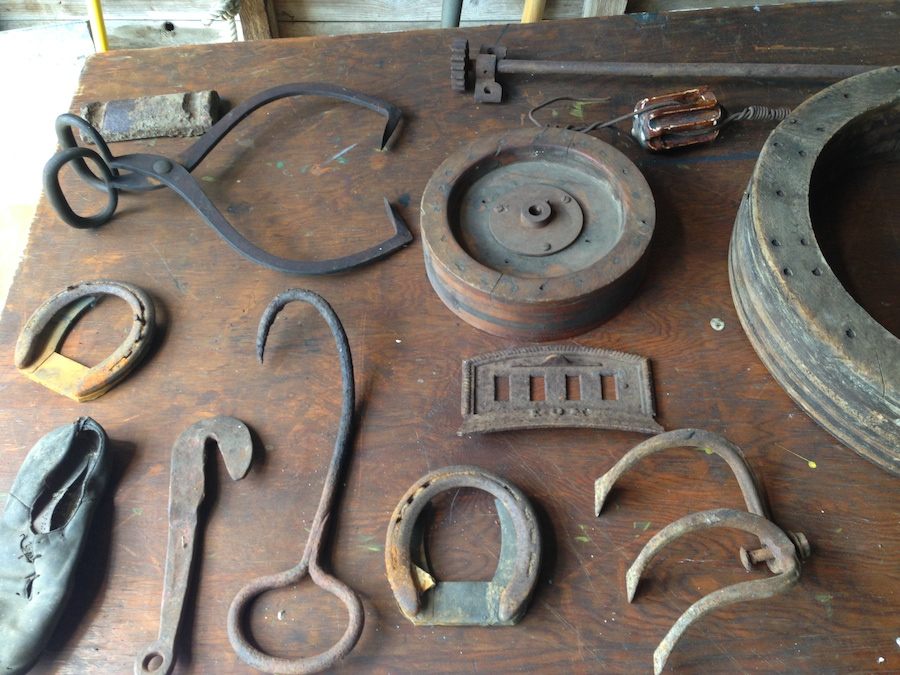


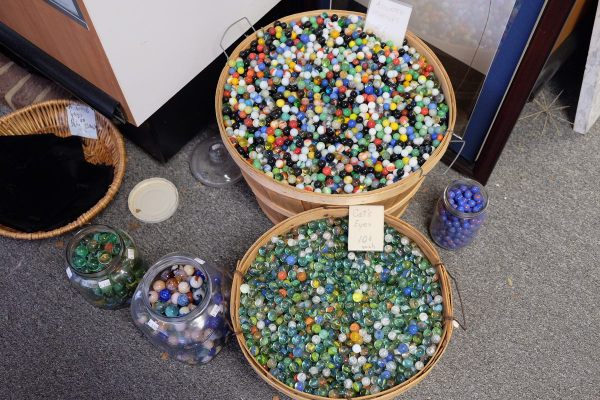
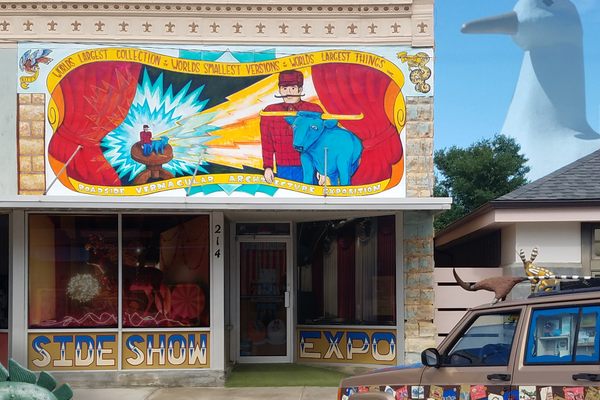






















Follow us on Twitter to get the latest on the world's hidden wonders.
Like us on Facebook to get the latest on the world's hidden wonders.
Follow us on Twitter Like us on Facebook